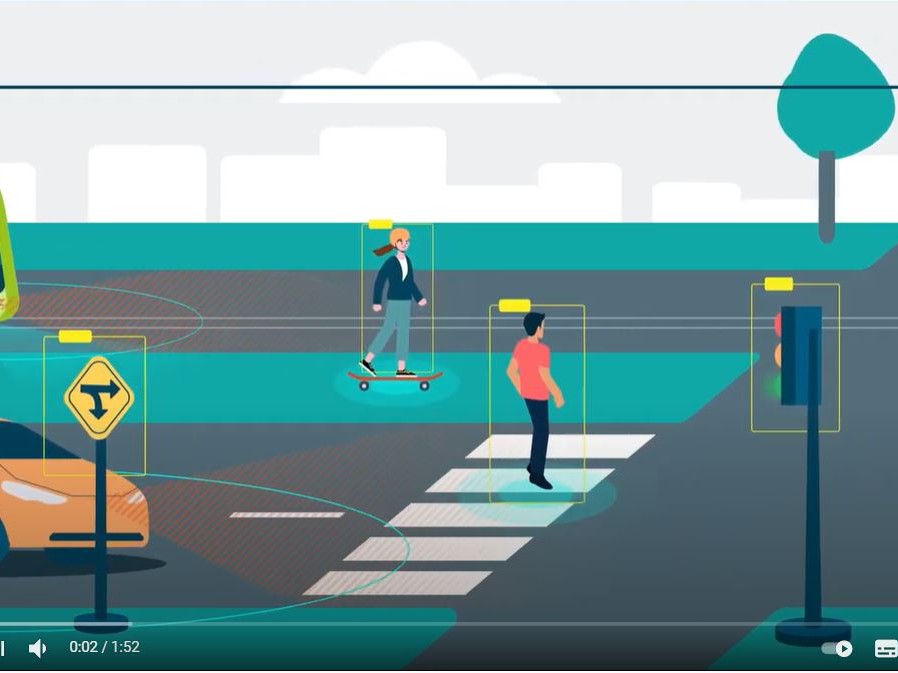AMPERE: Overcoming the challenges of developing traditional cyber-physical systems
The newest functionalities in cars and trams allow them to move safely and operate more efficiently while having to process in real-time an ever-increasing number of events. The use of computing platforms with high-performance capabilities is necessary to cope with the performance requirements of such functionalities, while accurately fulfilling non-functional requirements such as real-time response, energy efficiency, safety & cyber-security, and resiliency. Hence, developers face the challenge of leveraging low-energy, highly parallel, and heterogeneous computation in their model-based development process while fulfilling the non-functional constraints inherited from the cyber-physical interaction. There is therefore a strong need to bridge the gap between model-driven engineering and parallel programming models used to exploit high-performance capabilities and guarantee the fulfillment of non-functional requirements. The AMPERE project will bridge this gap by developing a novel software architecture that will increase productivity in development, and will efficiently exploit parallel and heterogeneous processor architectures, fulfilling non-functional requirements as needed by advanced functionalities. In order to do so, AMPERE will automatically transform the model-based representations of advanced automotive and railway functionalities, into parallel programming models supported by the underlying processor architectures including high-performance features. Watch the video: https://www.youtube.com/watch?v=68n4_bHxf9Q&t=50s(opens in new window) For further information, visit the AMPERE website: https://ampere-euproject.eu/(opens in new window)



